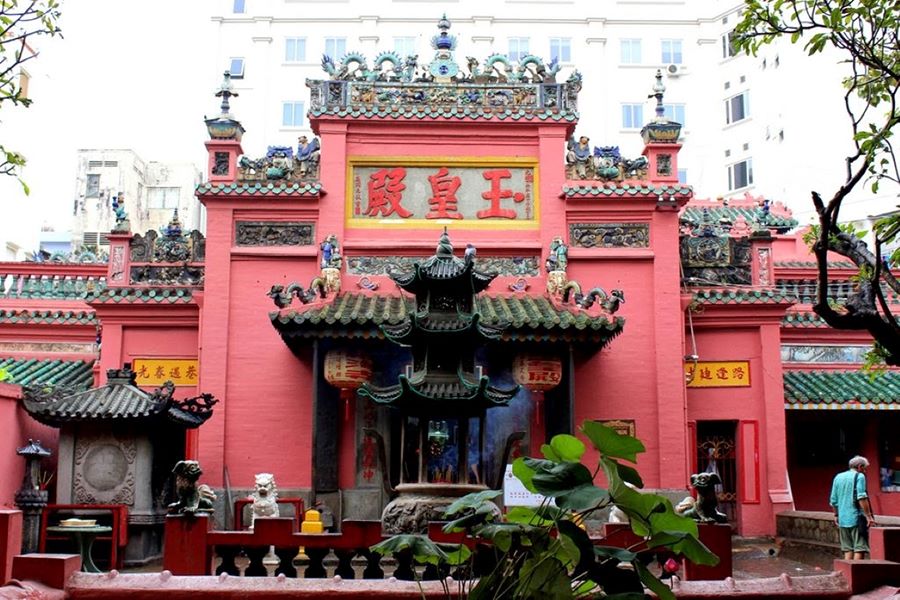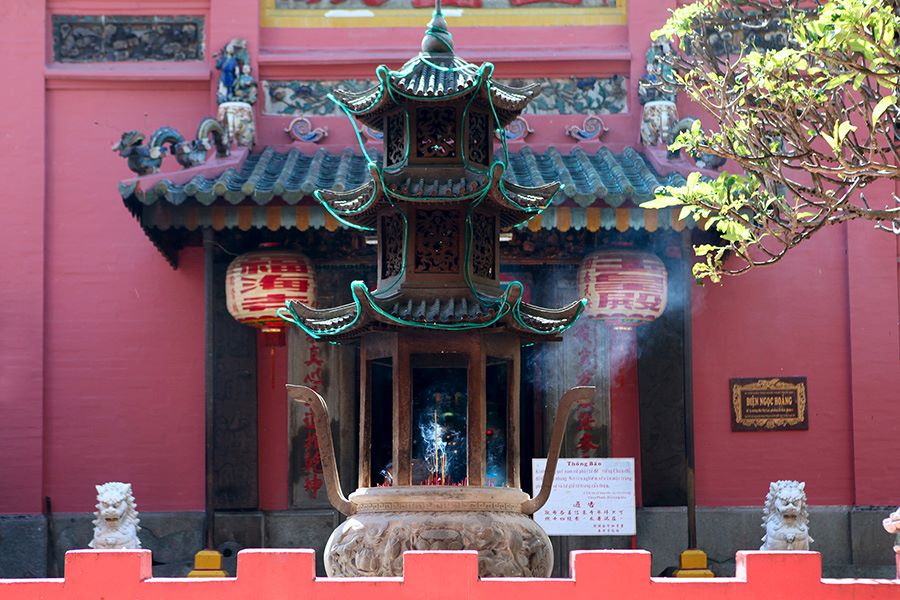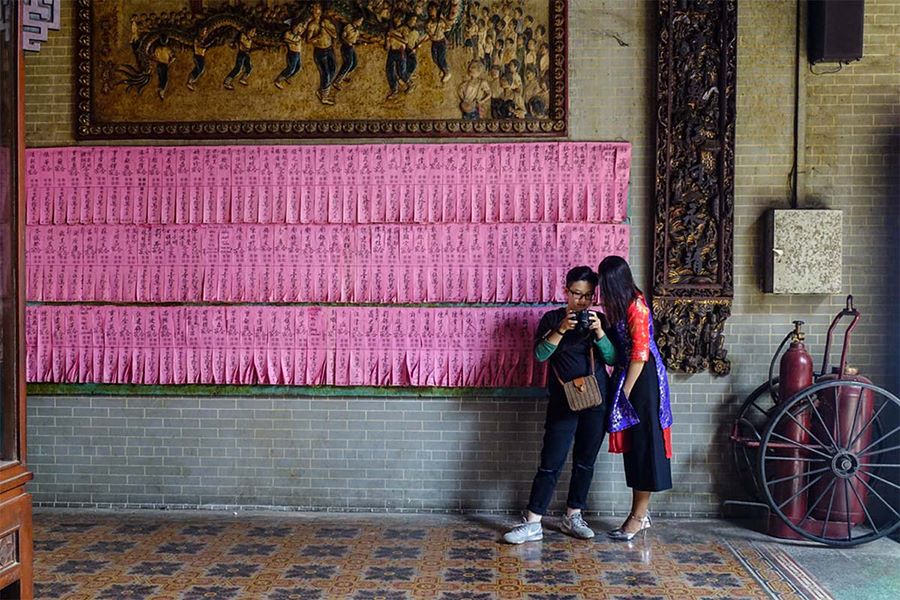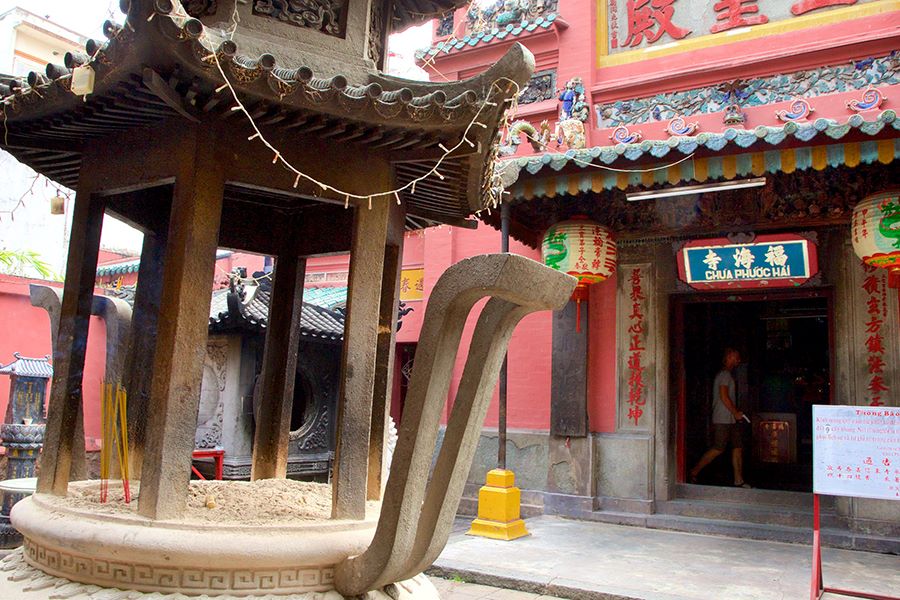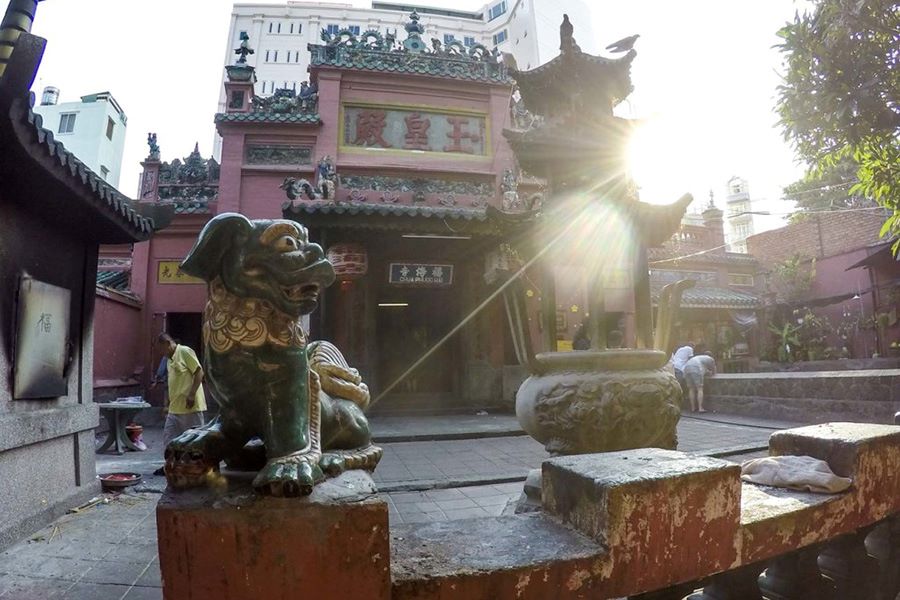Ho Chi Minh City Museum is characterized by French neoclassical architecture with beautiful sculptural motifs. As a historical witness, it offers fascinating information through all the ups and downs of the eras. Your trip to Saigon with Viiet Vision Holidays cannot be complete without visiting the Ho Chi Minh City Museum, a pride of Saigoneses and an indispensable part of their culture and history. This wonder with its unique styles, interesting galleries, and valuable artifacts is an ideal place for both history enthusiasts and shutterbugs.
Contents
About Ho Chi Minh City Museum
History of Ho Chi Minh City Museum
The Museum’s architecture is the work of French architect Alfred Foulhoux. Its construction started in 1885 and was completed in 1890, with an area of nearly 2 hectares.
Its name had been changed several times: The Palace of the Governor of Cochinchina when used as the residence of the Deputy Governor-General of Indochina; the headquarters of the Supreme Court in 1966; Ho Chi Minh City Revolutionary Museum in 1978 and finally in 1999 changed its name to Ho Chi Minh City Museum. It is also commonly known as Gia Long Palace because it is located on the street with the same name.
Prominent features in the Museum’s architecture
Ho Chi Minh City Museum was designed in classical Renaissance style with a Western facade and an Asian-style roof, making tourists impressed by the harmony and elegance of the combination of the East and the West.
The most splendid part was the tip of the triangular roof decorated with a solemn head statue. The two sides were decorated with embossed motifs such as garlands, willow branches, snakes, chickens, owls, and halo rings. Other motifs were inspired by Greek mythological symbols, tropical plants, and animals. Every detail of the museum’s design was very sophisticated and had aesthetic value, despite historical upheavals.
Current exhibitions at Ho Chi Minh City Museum
With nine galleries, each exhibition will take you to a historical period and help you fully understand the development of Ho Chi Minh City.
- Nature – Archeology: The room exhibits various images, artifacts, maps, and diagrams, showing the basic features of the geological structure, topography, climate, rivers, animals, plants, and mineral resources.
- Geography – Administration: This exhibition introduces the history of the formation and development of Saigon since 1698, with many maps, graphs, and pictures.
- Trade Port – Trade – Service: It generally introduces the economic center of Saigon for the South region and the whole country, becoming the “Pearl of the Far East”
- Industry – Handicraft: The exhibition gives us an overview of the traditional handicraft industries that are still developing and a picture of Ho Chi Minh City’s industry today.
- Culture of Saigon – Ho Chi Minh City: This exhibition introduces a variety of traditions, rituals, beliefs, and traditional arts of Saigon – Ho Chi Minh City and shows us the traditional culture imbued with Vietnamese national identity.
- Revolution struggle (1930 – 1945): It displays more than 300 artifacts, pictures, and documents, introducing the resistance war against the French colony from the first day of the Communist Party to the great Dien Bien Phu victory.
- Revolution struggle (1954 – 1975): This room recreates how Vietnamese people, under the leadership of the Communist Party and President Ho Chi Minh, gained a significant victory, which forced the French and US governments to respect Vietnam’s independence, sovereignty, unity, and territorial integrity.
- Souvenirs of War Resistance: The exhibition introduces more than 250 original artifacts, documents, pictures, and sketches, associated with many events and people during the resistance war to save the country.
- Vietnam currency: This exhibition room with more than a thousand artifacts of coins and banknotes provides visitors with a closer look at Vietnamese currency through different periods.
Regulations of Ho Chi Minh City Museum to follow
- Always remember to check Ho Chi Minh City Museum’s opening hours in advance to arrive on time and avoid unexpected day-offs
- You should spend at least 2 hours to complete a tour around nine galleries and other corners of the Museum.
- Outdoor foods and drinks are not allowed in the Museum
- Dress politely and nicely
- Visitors to the Museum can find a wide range of food at Nguyen Hue Walking Street or the Landmark 81 building
Ho Chi Minh City Museum is an architectural and cultural attraction that has become a symbol of Saigon, contributing to the beauty of a city with long traditions. The most wonderful way to understand a new city is through its history and culture, so this Museum is a must-visit place that you never can miss.

